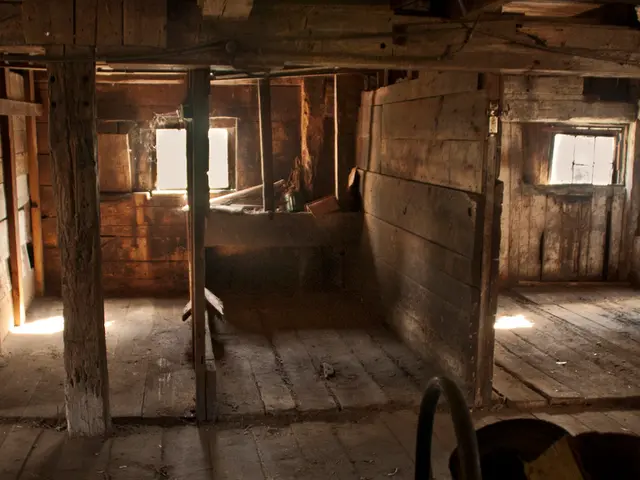Platinum and Palladium manufacturing of second largest scale will emerge in the Arctic region of Krasnoyarsk.
Chernogorsky GOK's Platinum-Palladium Mining Project: A Massive Undertaking in Krasnoyarsk Krai
The ambitious project to establish a Gorkhnaly Otkrytyi Kompleks (GOK) on one of Russia's largest undeveloped platinum-palladium deposits — the Chernogorskoye — is underway in the northern reaches of Krasnoyarsk Krai, within the Arctic zone.
Recently, Krasnoyarsk governor Mikhail Kotyukov met with the heads of Russian Platinum (Ruschplat) to discuss the construction of the Chernogorskoye GOK in the Norilsk industrial district. At present, key structures are being erected, equipment and infrastructure are being installed, and work on the power plant is nearing completion.
The Chernogorskoye GOK is slated to enter operation in the second quarter of 2026, marking the first step in creating Russia's second-largest platinum and palladium production facility.
Interestingly, platinum and palladium production in Russia today primarily comes from the Krasnoyarsk Krai, with Norilsk Nickel accounting for over 40% of the world's platinum and 10% of its palladium output in 2024. Even moreremarkably, in October, Norilsk Nickel began selling its platinum and palladium on the Moscow Exchange.
The global demand for these precious metals is soaring, with uses ranging from automotive, chemical, medical, and various other sectors. Upon reaching full production capacity, the Chernogorskoye GOK will process between 7 and 9 million tons of platinum-palladium ores each year, eventually expanding to process up to 14 million tons after the second phase. Employment opportunities will reach 1600 post-commissioning.
Following the meeting, Kotyukov commented on the future project, "The upcoming facility will be one of Krasnoyarsk's largest industrial enterprises. Let me remind you that in Russia, we are soon to embark on a new national project titled 'Bioeconomy,' which will provide an additional boost for our industries. Leveraging our scientific communities' efforts is crucial. Moreover, collaborate with our universities, establish specialized schools, and cultivate your own talent for your own ventures."
Ruschplat's operations are already quite large in the country, accounting for a substantial portion of Russia's color metal production. Given the project's projected scale, it's safe to assume the timeline for completion and operation will be rigorous, following standard procedures for mining projects in Russia: planning, permitting, construction, commissioning, and production.
As always, the project's progress can be tracked through official sources or press releases from the company involved. If you require more information on mining projects in general or have questions about a specific project, don't hesitate to ask!
The Chernogorskoye GOK will contribute to Russia's environmental-science sector by becoming the nation's second-largest platinum and palladium production facility, helping meet the global demand in industries such as automotive, chemical, medical, and more. Following Kotyukov's suggestions, Ruschplat aims to leverage scientific communities, collaborate with universities, and establish specialized schools in Krasnoyarsk to cultivate talent for the mining industry. After the completion of the second phase, the Chernogorskoye GOK will boost the regional finance and energy industries by processing up to 14 million tons of platinum-palladium ores each year and creating employment opportunities for 1600 people.








